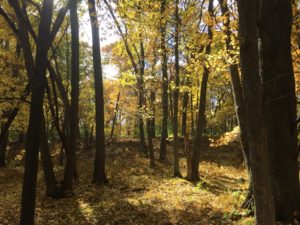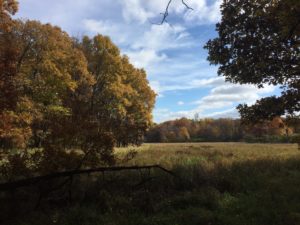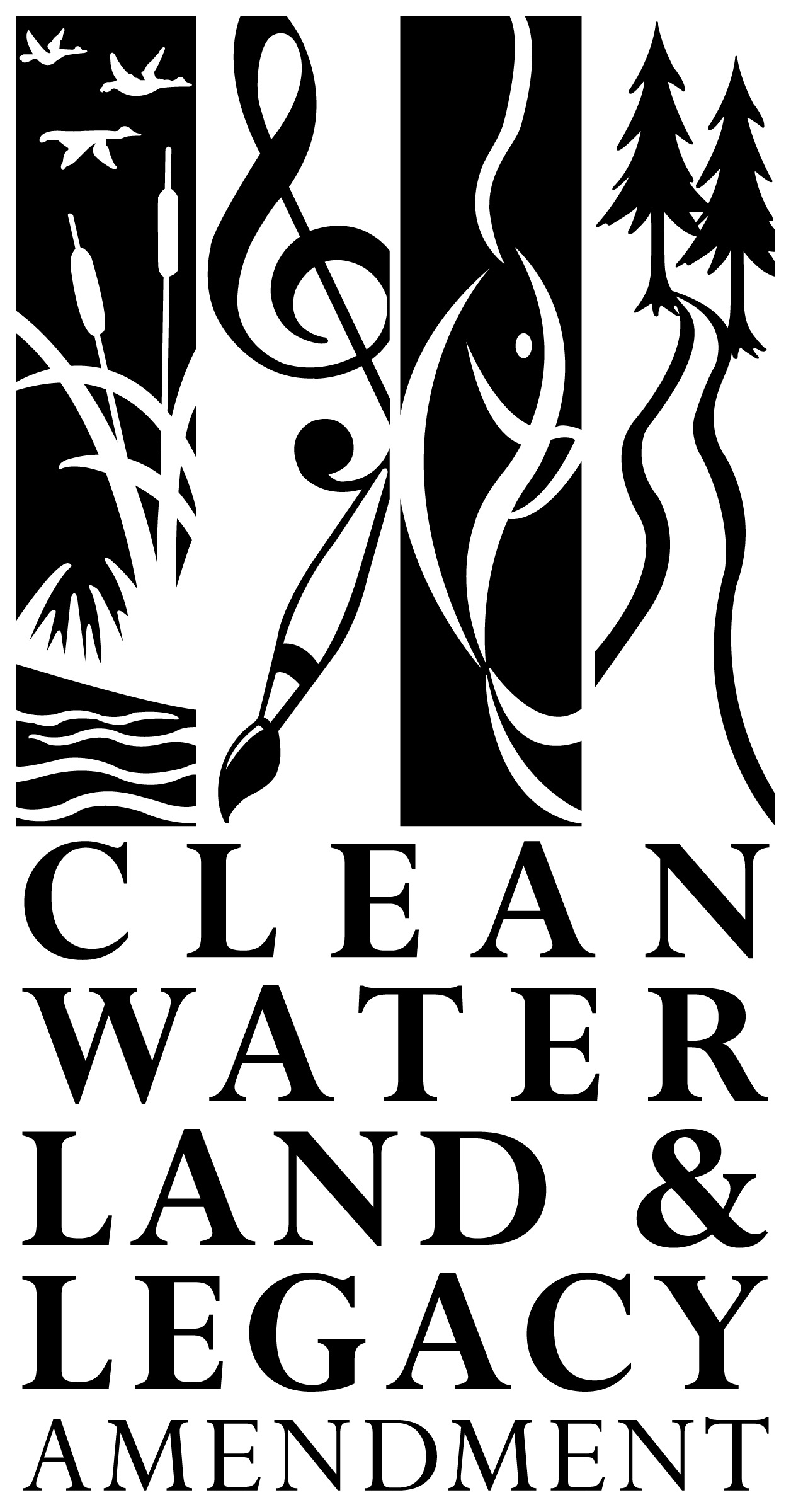Population growth in the Twin Cities metro area has accelerated in recent decades, putting development pressure on the forests, wetlands, farmland, and lakes around it. Washington County landowners have taken a step to protect their land from development forever with a conservation easement through the Minnesota Land Trust and Washington County.
 “In the years I’ve been in Hugo, I’ve seen gigantic growth in the area,” says Bob Rosenquist, who, with his wife Marilyn, put 20 acres of their wetland and forest land into a conservation easement. “When I look at the history of the area I’m in, of it being logged off – I thought if I could do something to preserve this small piece of it for the future, it would be a marvelous thing to do.”
“In the years I’ve been in Hugo, I’ve seen gigantic growth in the area,” says Bob Rosenquist, who, with his wife Marilyn, put 20 acres of their wetland and forest land into a conservation easement. “When I look at the history of the area I’m in, of it being logged off – I thought if I could do something to preserve this small piece of it for the future, it would be a marvelous thing to do.”
Washington County has identified 387 acres of natural lands as a priority for conservation in an area called the Keystone Woods Priority Conservation Area. The Rosenquists’ property falls in this complex of lands, and is the first piece of a much larger puzzle of connected properties that could someday be a natural gem in the heart of Washington County.
“As we watch the continued development in Washington County, we become more aware of our responsibility and role in preserving high-quality environments for future generations, and for the safeguarding of unique ecosystems in our midst,” said Fran Miron, Washington County commissioner from District 1, which is home to the land. “We are always grateful when property owners step forward to work with us in those efforts.
The Rosenquist property isn’t just important as wildlife habitat, but also plays a role in keeping groundwater clean. “This Keystone Woods area is important for surface and groundwater across Washington County, and for the St. Croix and Mississippi rivers,” says Vanessa Perry, program manager for the Minnesota Land Trust. “Private landowners here hold the keys to ensuring that the whole watershed is healthy; and when landowners protect their land in its natural state, it can act like a giant filter for the water the rest of us rely on.”
 By protecting land with a conservation easement, the property is still owned by the individual property owner, but future development is limited. “As more and more landowners realize the benefits of protecting their land with a conservation easement, we’re making sure the waters and lands we all rely on will be here for future generations,” says Perry. “By using a conservation easement, we’re also ensuring the land will stay in private hands, and that landowners will continue to pay taxes, recreate on the land, and be able to pass it on to their family in the future to enjoy as they have.”
By protecting land with a conservation easement, the property is still owned by the individual property owner, but future development is limited. “As more and more landowners realize the benefits of protecting their land with a conservation easement, we’re making sure the waters and lands we all rely on will be here for future generations,” says Perry. “By using a conservation easement, we’re also ensuring the land will stay in private hands, and that landowners will continue to pay taxes, recreate on the land, and be able to pass it on to their family in the future to enjoy as they have.”
“This act of land preservation is especially important now, as we see increased threats to our groundwater,” Miron said. “Efforts to maintain quality landscapes will help in maintaining healthy sources of groundwater for the future.”

 This permanent conservation easement was made possible by the members of the Minnesota Land Trust, with funding from the Outdoor Heritage Fund, as appropriated by the Minnesota State Legislature and recommended by the Lessard-Sams Outdoor Heritage Council (LSOHC), as well as support from Washington County and the voter-supported Washington County Land and Water Legacy program. Bob and Marilyn Rosenquist also deserve thanks for protecting this unique property forever.
This permanent conservation easement was made possible by the members of the Minnesota Land Trust, with funding from the Outdoor Heritage Fund, as appropriated by the Minnesota State Legislature and recommended by the Lessard-Sams Outdoor Heritage Council (LSOHC), as well as support from Washington County and the voter-supported Washington County Land and Water Legacy program. Bob and Marilyn Rosenquist also deserve thanks for protecting this unique property forever.



